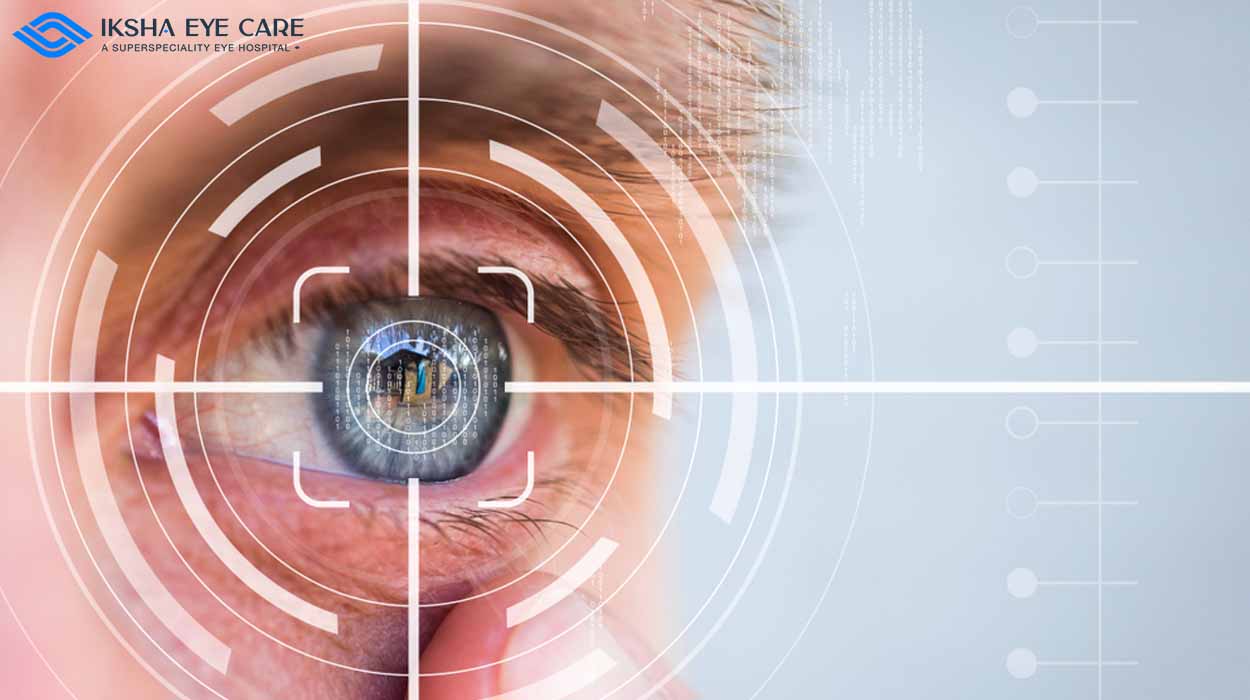Eyecare Near Me: Comprehensive and Reliable Vision Solutions
Eyecare Near Me: Comprehensive and Reliable Vision Solutions
Blog Article
The Function of Advanced Diagnostic Equipment in Identifying Eye Disorders
In the world of ophthalmology, the usage of innovative analysis devices has revolutionized the early recognition and monitoring of various eye problems. From identifying refined adjustments in the optic nerve to keeping an eye on the progression of retinal illness, these technologies play an essential role in enhancing the accuracy and performance of identifying eye problems. As the need for exact and prompt medical diagnoses remains to expand, the integration of cutting-edge devices like optical comprehensibility tomography and aesthetic area testing has come to be indispensable in the realm of eye treatment. The complex interplay in between modern technology and ocular practices not just drops light on detailed pathologies however additionally opens doors to tailored therapy methods.
Significance of Very Early Diagnosis
Early diagnosis plays an essential role in the efficient monitoring and therapy of eye problems. By discovering eye disorders at an early stage, healthcare providers can supply proper treatment plans customized to the specific condition, eventually leading to better end results for patients.

Technology for Identifying Glaucoma
Cutting-edge analysis innovations play a vital duty in the very early detection and surveillance of glaucoma, a leading source of irreparable loss of sight worldwide. One such modern technology is optical coherence tomography (OCT), which gives thorough cross-sectional photos of the retina, permitting the dimension of retinal nerve fiber layer thickness. This dimension is necessary in examining damages caused by glaucoma. One more innovative tool is visual field screening, which maps the sensitivity of a client's visual area, helping to find any locations of vision loss quality of glaucoma. In addition, tonometry is utilized to gauge intraocular pressure, a significant risk factor for glaucoma. This test is important as raised intraocular pressure can result in optic nerve damage. Newer innovations like the usage of man-made intelligence formulas in assessing imaging information are revealing encouraging outcomes in the early discovery of glaucoma. These sophisticated diagnostic tools enable eye doctors to detect glaucoma in its very early stages, enabling timely intervention and much better administration of the illness to avoid vision loss.
Role of Optical Coherence Tomography

OCT's capability to evaluate retinal nerve fiber layer thickness enables for accurate and objective dimensions, assisting in the early detection of glaucoma even before aesthetic area defects end up being obvious. Overall, OCT plays a critical role in enhancing the diagnostic precision and administration of glaucoma, inevitably adding to better results for people at risk of vision loss.
Enhancing Diagnosis With Visual Field Screening
A crucial element in extensive ophthalmic analyses, visual field screening plays a crucial role in boosting the analysis process for various eye disorders. By assessing the full level of a patient's visual field, this test provides essential info concerning the functional integrity of the entire aesthetic path, from the retina to the aesthetic cortex.
Aesthetic field testing is specifically valuable in the medical diagnosis and monitoring of conditions such as glaucoma, optic nerve problems, and various neurological illness that can influence vision. Via quantitative dimensions of outer and central vision, clinicians can discover refined changes that might suggest the presence or progression of these disorders, even before visible signs take place.
In addition, visual field screening enables the surveillance of treatment effectiveness, assisting eye doctors tailor healing treatments to private people. eyecare near me. By tracking changes in visual field efficiency gradually, health care carriers can make educated choices helpful site concerning changing drugs, suggesting medical treatments, or implementing other appropriate measures to maintain or improve an individual's aesthetic function
Managing Macular Deterioration

Verdict
In verdict, advanced diagnostic devices play a vital function in determining eye problems early on. Technologies such as Optical Coherence Tomography and visual area screening Bonuses have actually substantially boosted the accuracy and effectiveness of detecting conditions like glaucoma and macular deterioration.
Report this page